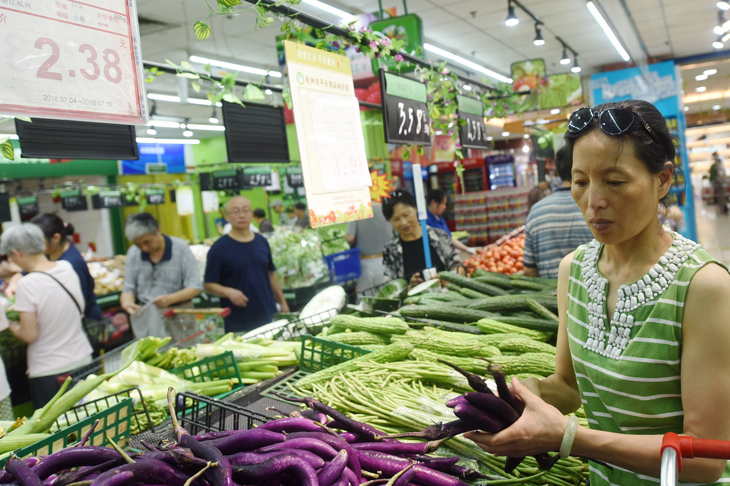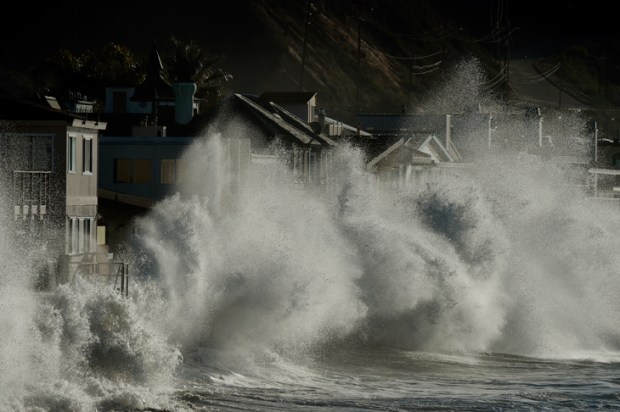Despite constant doom-saying over climate and commentators wringing their hands over floods in Queensland and droughts in NSW and Victoria, Australian farmers have boosted production by 50 per cent in nearly 30 years.
But that success, like much else in the Australian economy, is partially due to the rise of China which is now running into problems of its own – an immense pile of debt.
Already a subscriber? Log in
Subscribe for just $2 a week
Try a month of The Spectator Australia absolutely free and without commitment. Not only that but – if you choose to continue – you’ll pay just $2 a week for your first year.
- Unlimited access to spectator.com.au and app
- The weekly edition on the Spectator Australia app
- Spectator podcasts and newsletters
- Full access to spectator.co.uk
Or
Unlock this article
You might disagree with half of it, but you’ll enjoy reading all of it. Try your first month for free, then just $2 a week for the remainder of your first year.














Comments
Don't miss out
Join the conversation with other Spectator Australia readers. Subscribe to leave a comment.
SUBSCRIBEAlready a subscriber? Log in